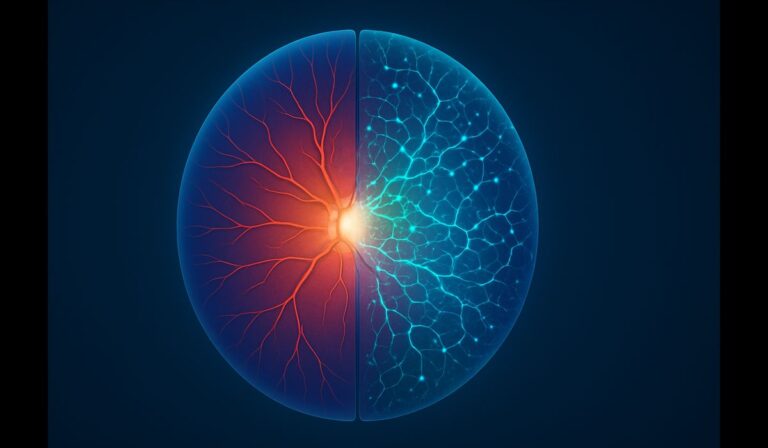- Hyperbaric oxygen therapy (HBOT) lowers the risk of radiation enteritis (RE) by 68 percent in clinical trials.
- HBOT improves gastrointestinal symptoms with a mean difference of -1.31 on symptom scales.
- Treatment often uses 2.0-2.5 atmospheres absolute (ATA) pressure for 90-120 minutes per session.
- Sessions typically occur once daily, five times weekly, over 30-40 treatments.
- Evidence indicates HBOT cuts inflammation markers like IL-6, CRP, and TNF-α while boosting immunoglobulins.
A new systematic review and meta-analysis examines the role of hyperbaric oxygen therapy (HBOT) in treating radiation enteritis (RE), a common side effect of pelvic radiation in cancer patients.
Researchers from Chengdu University of Traditional Chinese Medicine and Nanjing University of Traditional Chinese Medicine analyzed 22 clinical studies with 1,318 participants.
The review, published in Frontiers in Medicine under the gastroenterology section, finds moderate-quality evidence that HBOT reduces RE incidence and eases symptoms. Six randomized controlled trials (RCTs) formed the basis of the meta-analysis.
HBOT involves breathing pure oxygen in a pressurized chamber, which increases oxygen delivery to tissues damaged by radiation. The study highlights HBOT’s potential to promote mucosal repair and lower inflammation, though it calls for standardized protocols.
Lead author Yuhan Wang and colleagues stress the need for individualized adjustments to maximize benefits while monitoring safety.
Study Design and Methods
The research team conducted a search across nine databases to gather evidence on HBOT for RE. They focused on outcomes like gastrointestinal symptoms, immune function, and inflammation levels.
Inclusion criteria covered clinical trials assessing HBOT’s effects on RE, graded by the Radiation Therapy Oncology Group/European Organisation for Research and Treatment of Cancer (RTOG/EORTC) system.
This grading scale classifies RE severity from mild (grade 1) to life-threatening (grade 4). Meta-analysis pooled data from RCTs using odds ratios (OR) for incidence and mean differences (MD) for symptoms. Sources included peer-reviewed journals and clinical registries, ensuring a broad evidence base.
The review notes limitations in study quality, with most evidence rated moderate to low due to small sample sizes and variability in protocols.
Key Findings on Efficacy
HBOT showed clear benefits in preventing and managing RE. The meta-analysis revealed a significant reduction in overall RE incidence [OR = 0.32, 95% confidence interval (CI) (0.14, 0.72), P = 0.006].
For severe cases—grade 3 or higher per RTOG/EORTC criteria—the effect was even stronger [OR = 0.37, 95% CI (0.17, 0.82), P = 0.01]. Patients experienced fewer gastrointestinal issues, such as diarrhea and pain, with HBOT improving symptom scores [MD = -1.31, 95% CI (-2.48, -0.13), P = 0.03].
Low-quality evidence pointed to decreased inflammatory markers, including interleukin-6 (IL-6), C-reactive protein (CRP), and tumor necrosis factor-alpha (TNF-α). HBOT also raised levels of immunoglobulins like IgA, IgG, and IgM, supporting immune recovery in damaged intestinal tissues.
These results align with HBOT’s mechanism of enhancing oxygen supply to hypoxic areas, aiding tissue healing post-radiation.






